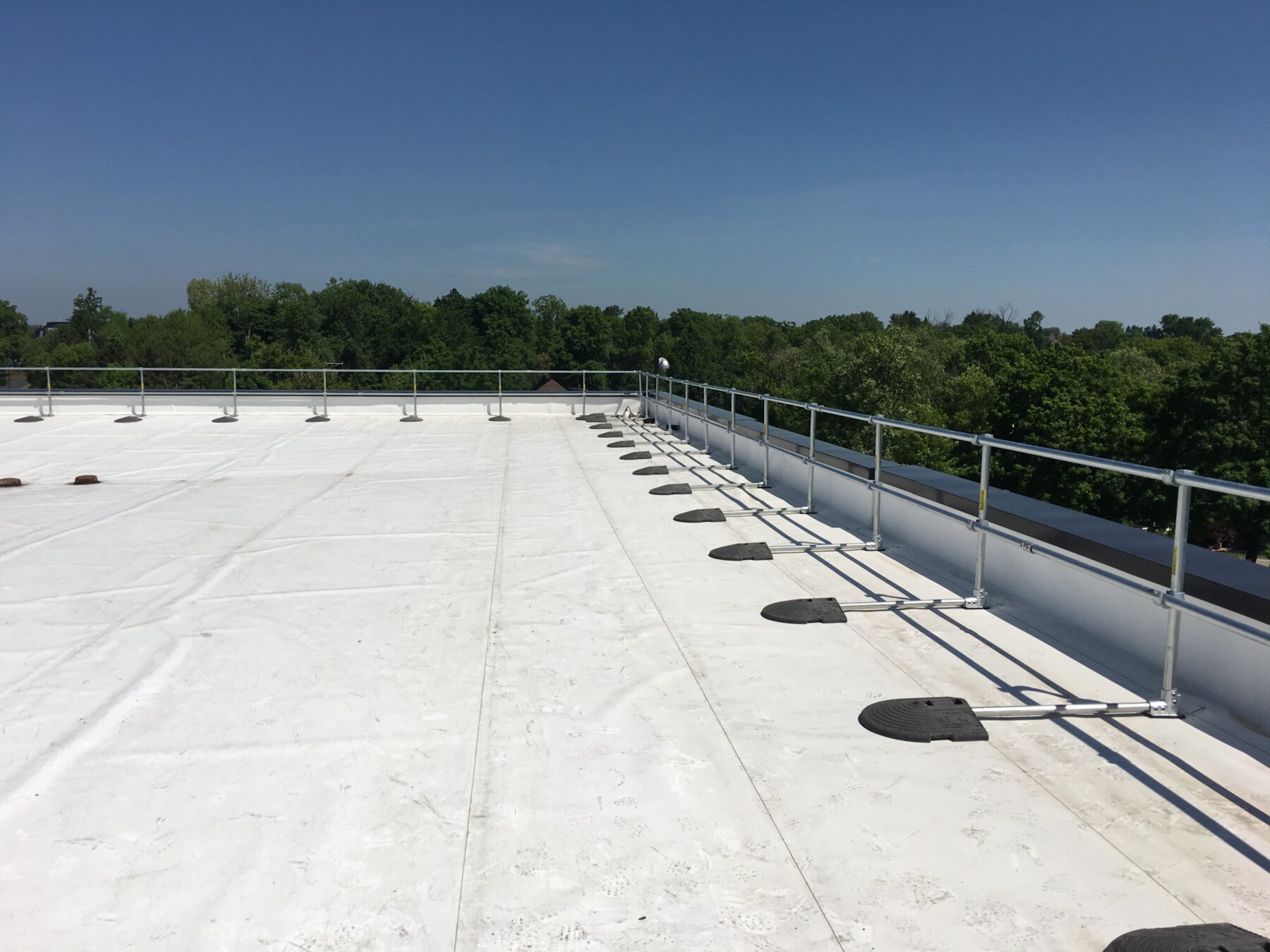
Fall Protection
Fall Protection for Safety and Compliance
Fall protection doesn't have to be a daunting tasks. It is certainly tempting to feel that way with updating code requirements, the variety of needs from different worker requirements, and the thousands of options available for fall protection.
Simplified Safety focuses on understanding fall safety so that you don't have to dust of your research skills. This includes spending time understanding OSHA and the International Building Code (IBC). This expertise is coupled with the the decades of experience working with all sorts of industries, from major beverage companies to your everyday mom-and-pop shops.
We find the right fall protection equipment so that you don't have to move from brand to brand, hoping to find the right solution. Below you will find an easy to navigate list of ways that we can help you tackle your fall safety needs.
Fall Protection Systems
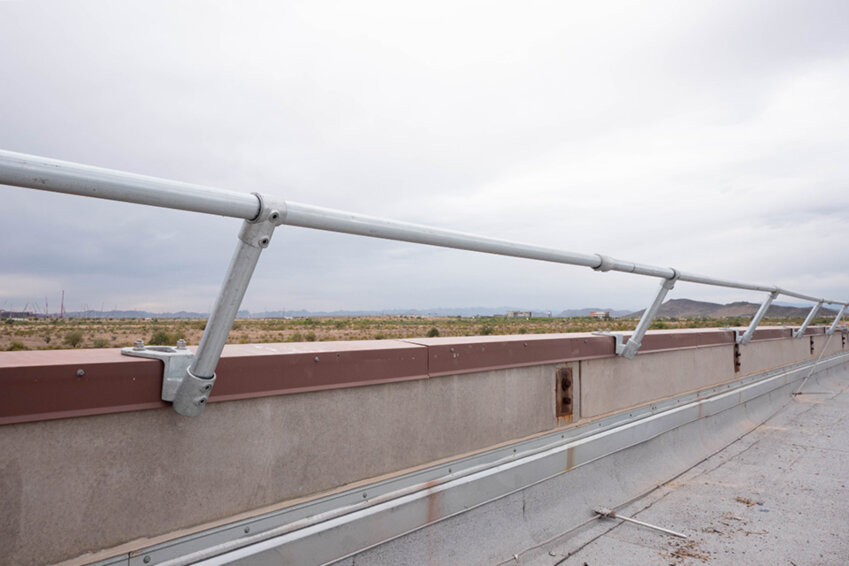
Rooftop Guardrail Systems
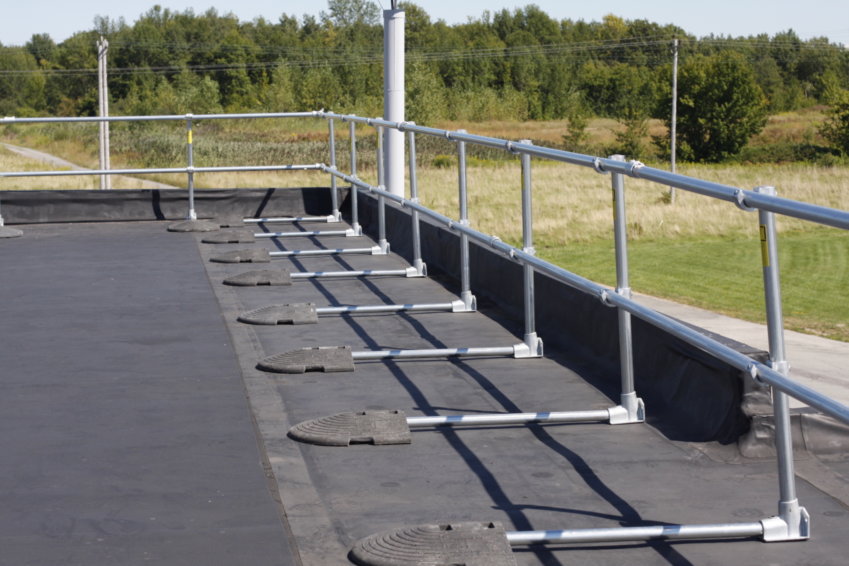
KeeGuard Rooftop Guardrail
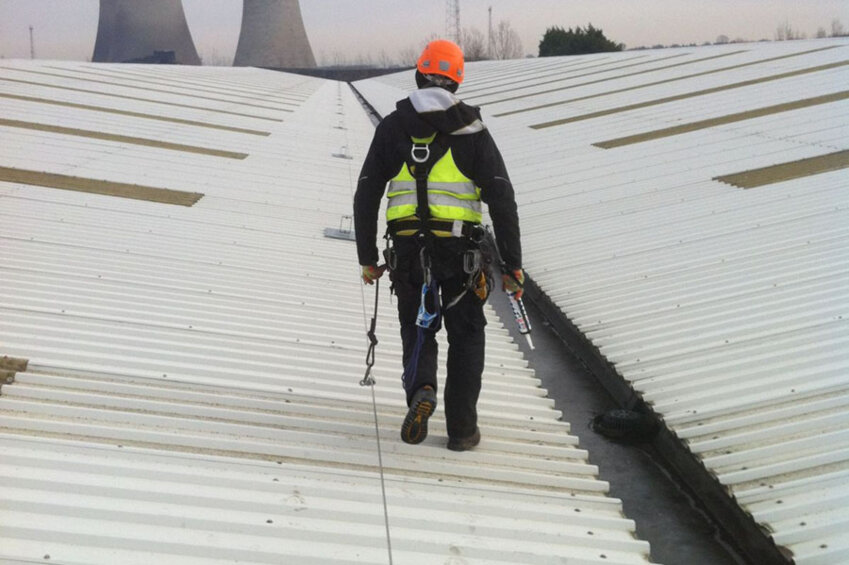
Personal Fall Protection
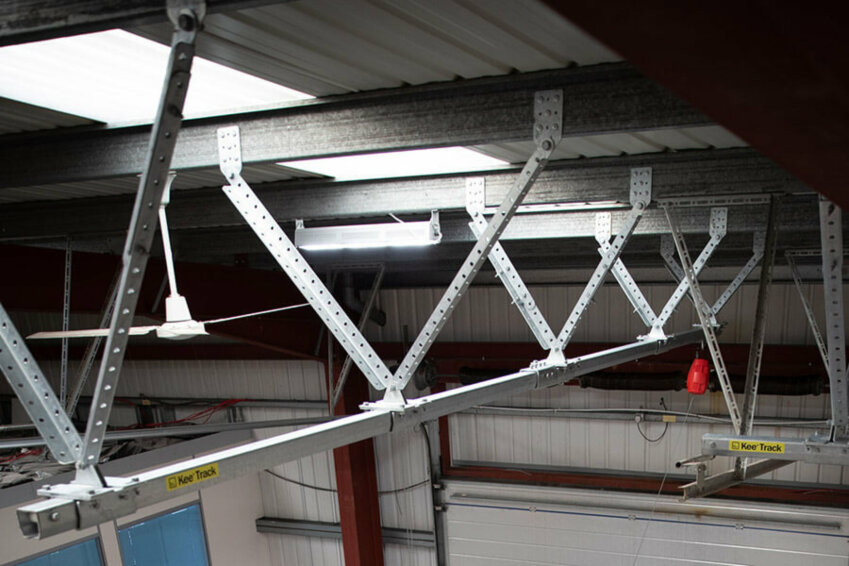
Overhead Rigid Lifelines
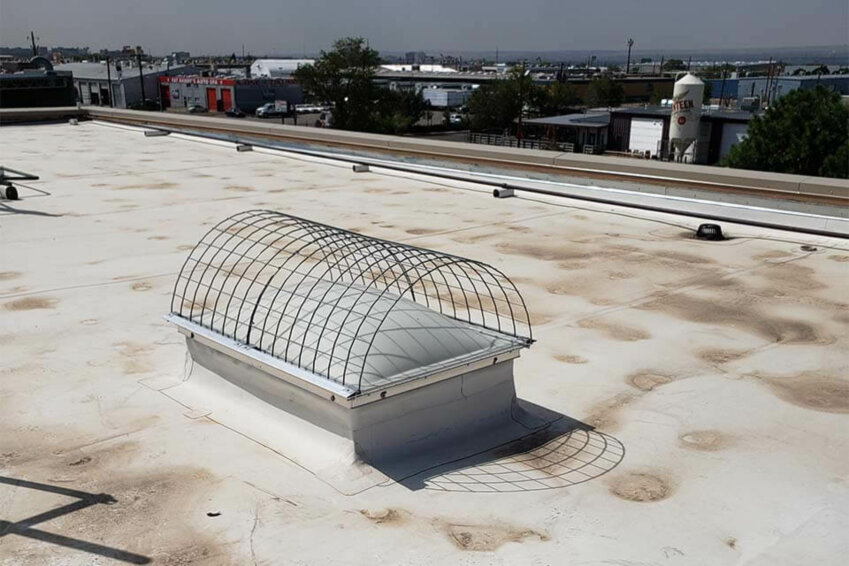
Skylight Protection
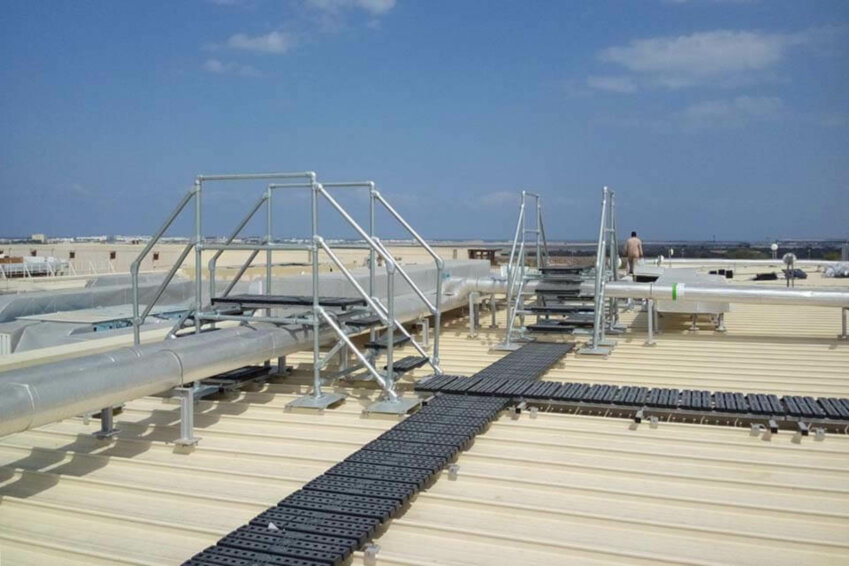
Safe Access Platforms
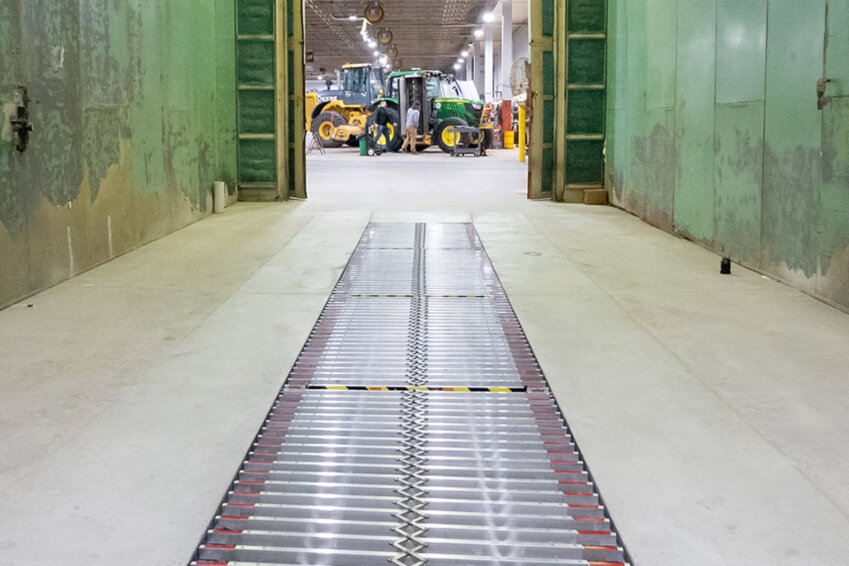
Inspection Pit Protection
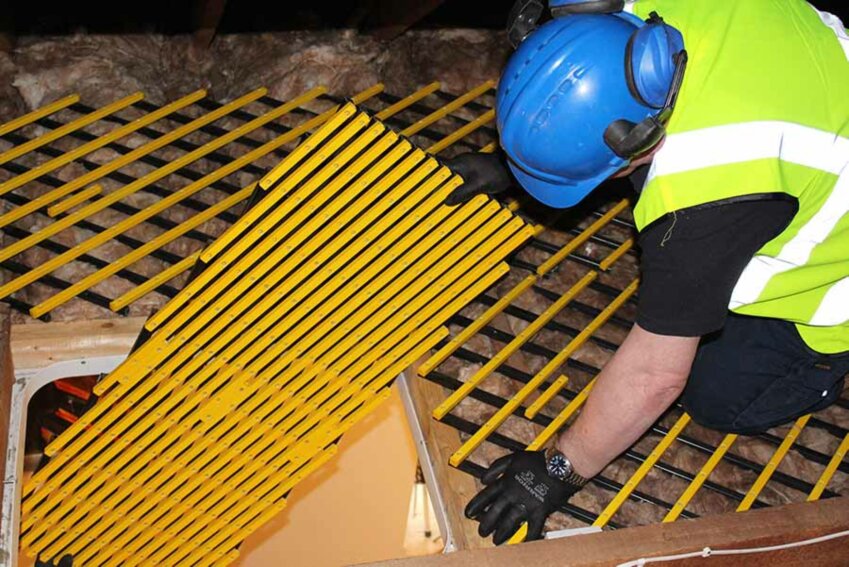
Attic Safety Platforms
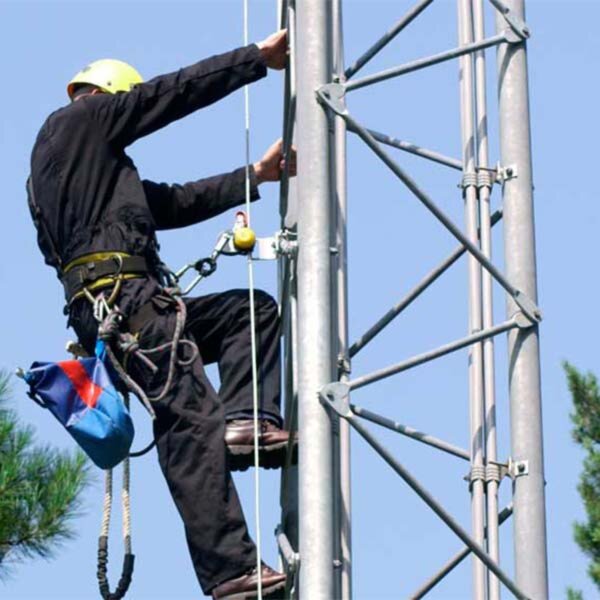
Ladder Safety Systems
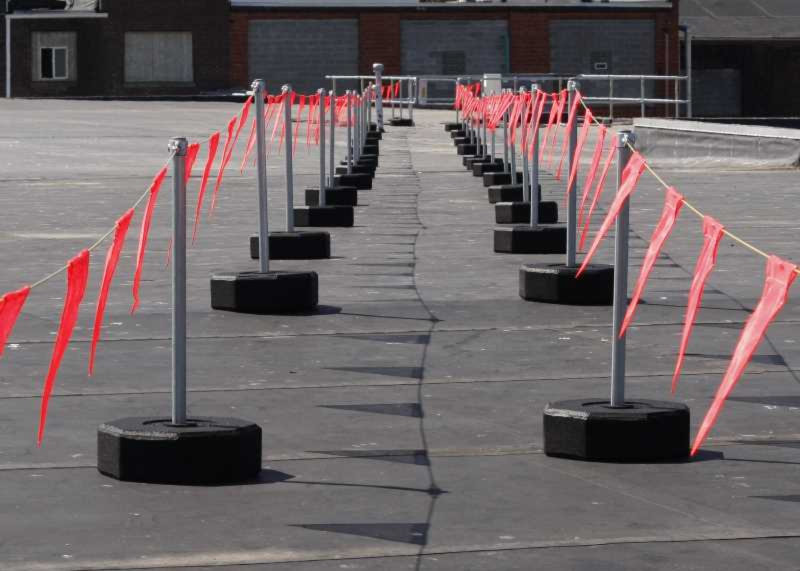
Warning Lines
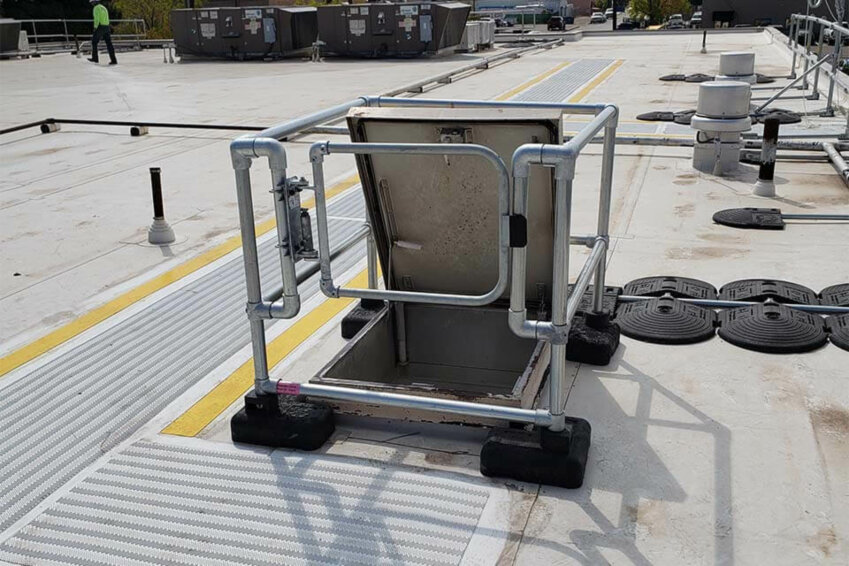
Safety Gates
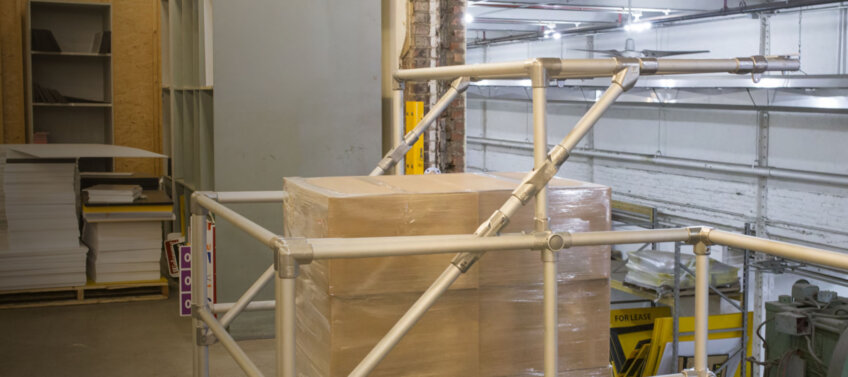
Pallet Gates
Fall Protection Services
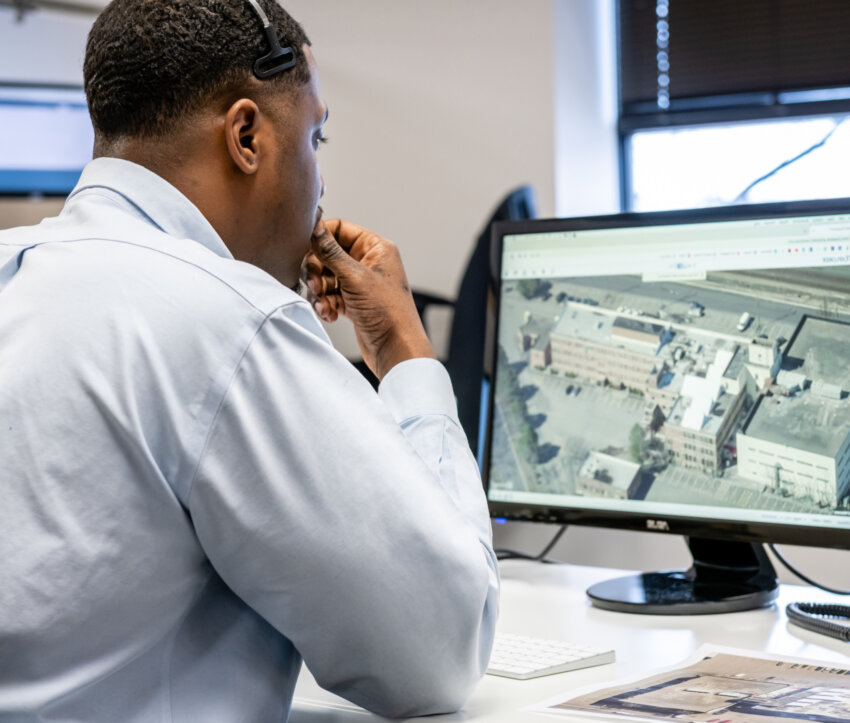
Consultation
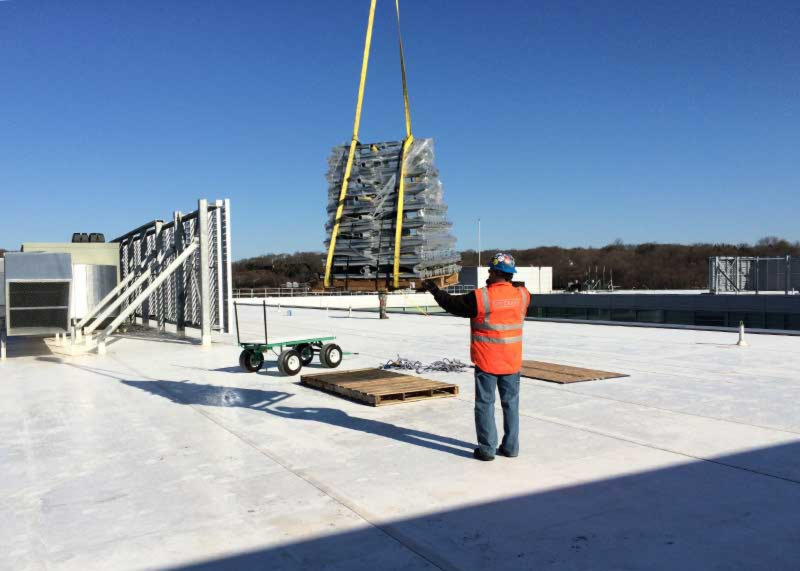
Installation

Financing
Fall Protection Resources
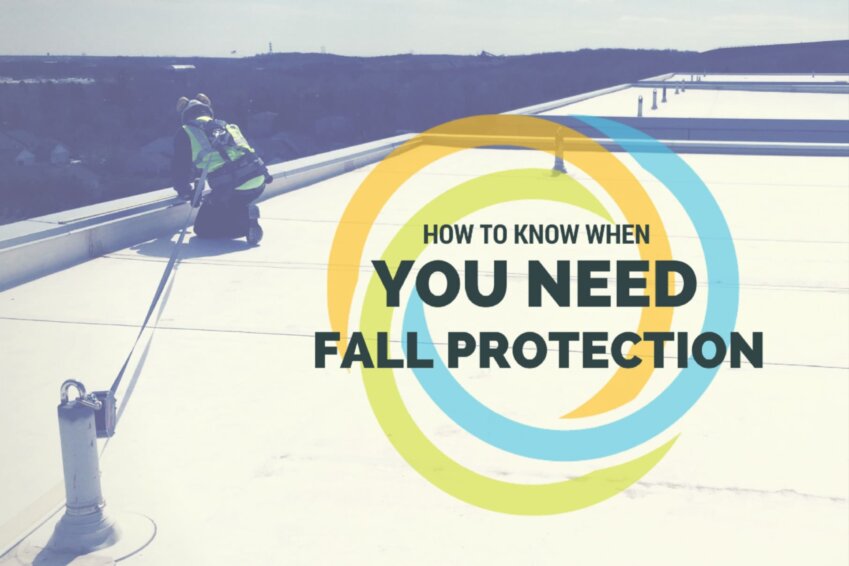
Safety Blog
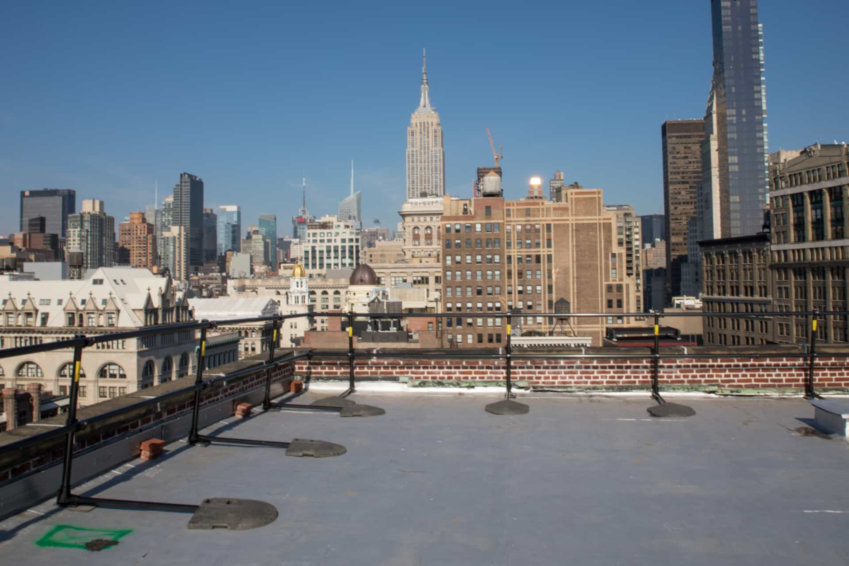
Case Studies
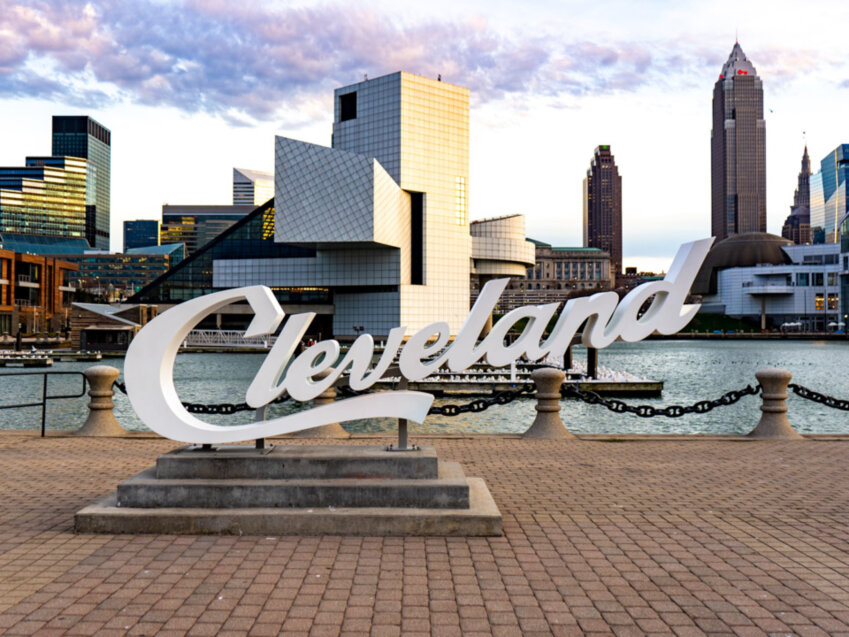
Local Regulations
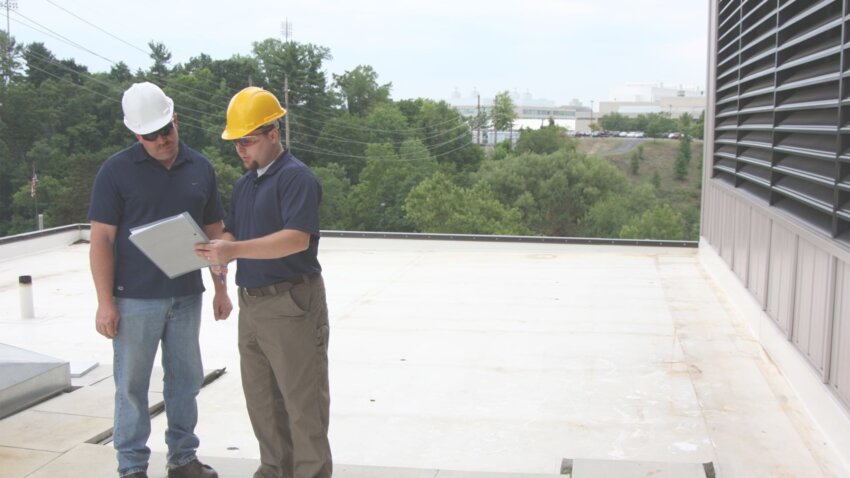
Hazardous Attitudes E-Book
Popular Fall Protection Articles
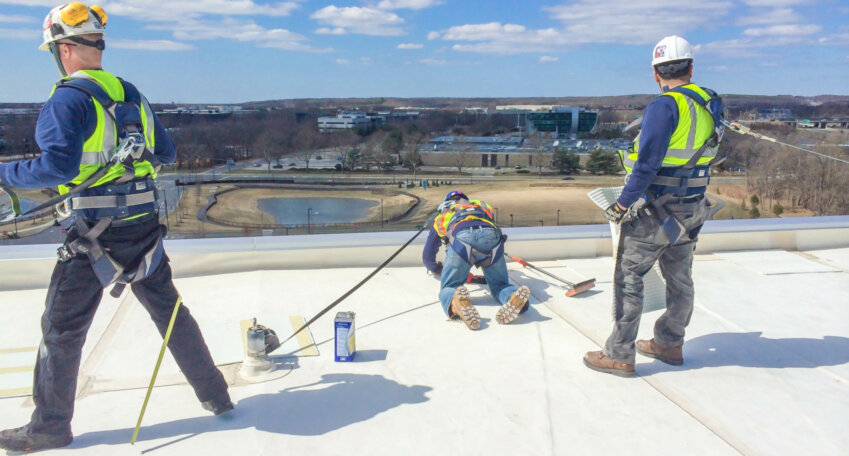
10 Safety Tips for Working at Heights
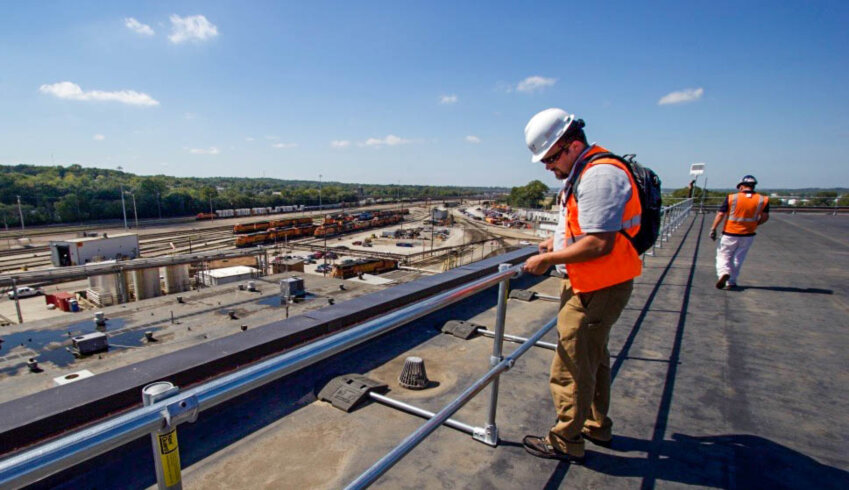
At What Height is Fall Protection Required?
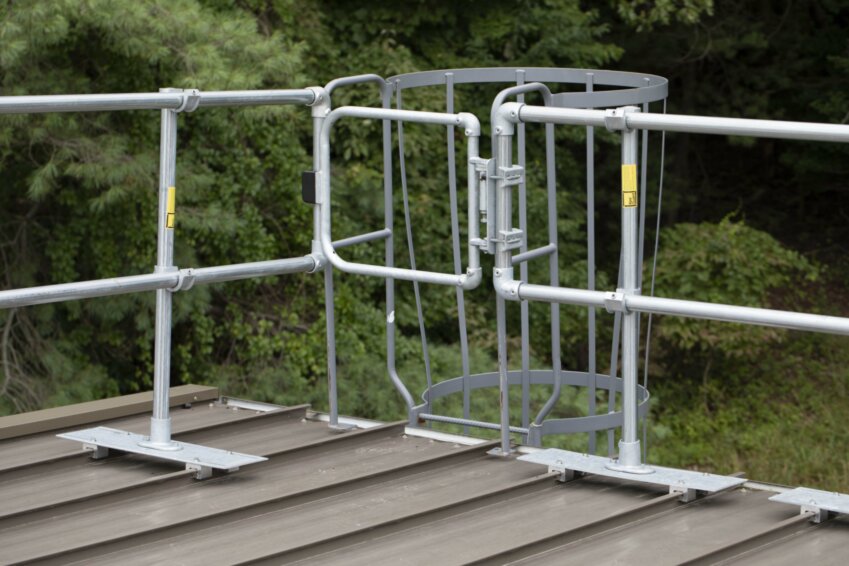
When Does a Ladder Require a Cage?
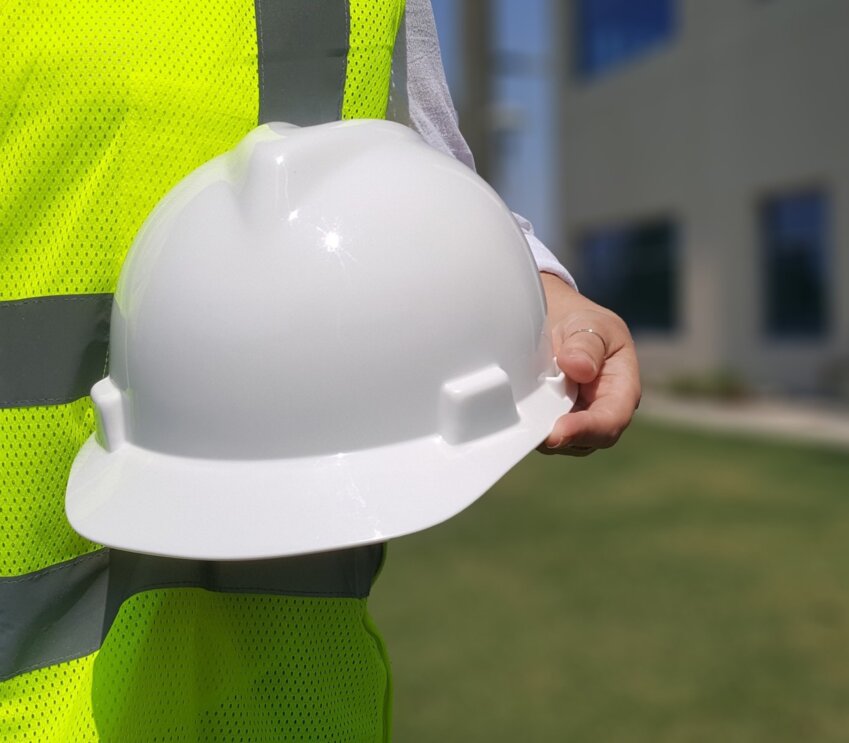
How To Create a Safe Working Environment
Frequently Asked Questions
About Fall Protection
What is fall protection?
What are the 4 methods of fall protection?
When is fall protection required?
What are the OSHA regulations for fall protection?
What are the different types of fall protection systems?
What height is fall protection required?
What is the most inexpensive form of fall protection equipment?
What is the difference between fall restraint and fall arrest?
Ready to Talk about
Fall Protection?
